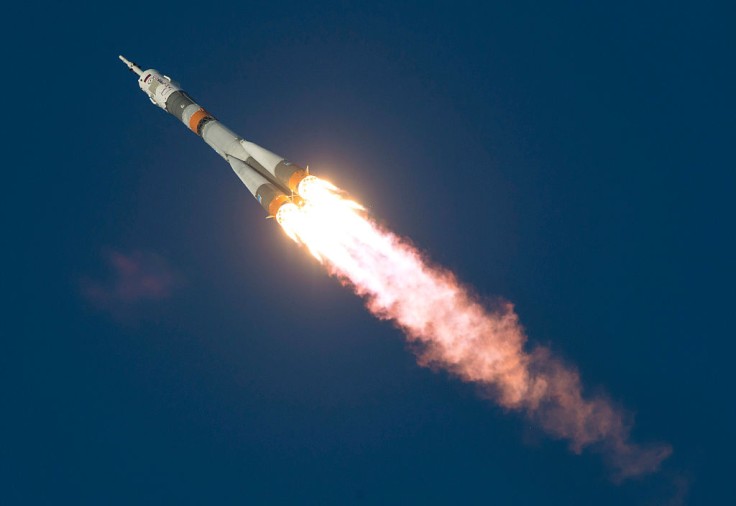
According to Space News, as part of a "New Horizons Program," the Chinese Academy of Sciences (CAS) will choose a new group of space missions from among proposals to research Earth, the Sun and solar system, and the deeper universe.
Space.com noted that New Horizons, a NASA mission, is unrelated to the program. NASA's New Horizons aims to explore Pluto, its moons, and other objects in the Kuiper Belt, a part of the solar system that lies between 30 and 50 AU from the Sun.
China's New Horizons Program
It is expected that a CAS committee would choose 5-7 missions from the 13 proposed missions for the CAS's third Strategic Priority Program (SPP III), also known as the New Horizons Program, according to a new paper in the Chinese Journal of Space Science published on June 28.
Some few missions will probably launch between 2026 and 2030, which is the time frame of China's 15th Five-year plan. The ranking and selection of missions will be finished in the middle of the year and will be based on the budget that is available, the state of technology, and the timeline for manufacture.
The following list contains the 13 missions that have been proposed for the CAS's New Horizons Program (via Space.com):
4 Proposed Missions Will Study Earth and Other Part Solar System
The Climate and Atmospheric Components Exploring Satellites (CACES) in low-Earth orbit aim to collect a plethora of information on the climate and atmosphere of the planet.
Asteroid 1989 ML would be explored by the E-type Asteroid Sample Return (ASR), which would also bring samples back to Earth.
The goal of the Venus Volcano Imaging and Climate Explorer (VOICE) mission is to investigate Venus's geological and atmospheric processes.
In order to research oceanic dynamics and energetics, the Ocean Surface Current Multiscale Observation Mission (OSCOM) would use satellite Doppler radar.
4 Proposed Missions Will Carry Heliophysics Efforts
While in a high-inclination orbit, the Solar Polar-orbit Observatory (SPO) would observe the sun's poles.
In order to gather information on the sun and the inner heliosphere, the SOlar Ring (SOR) mission proposes using a trio of spacecraft circling at one astronomical unit (AU).
The Earth-Sun Lagrange Point 2 is where the Earth-occulted Solar Eclipse Observatory (ESEO) will orbit in order to study the sun's inner corona.
The Chinese Heliospheric Interstellar Medium Explorer (CHIME).
3 Proposed Missions Will Carry Astrophysics and Astronomy Research
The Enhanced X-ray Timing and Polarimetry (eXTP) mission sought to examine the nature of matter under conditions of high gravity, magnetism, and density as well as to look for neutrino and gravitational wave sources.
A small constellation of satellites would be sent into lunar orbit as part of the Discovering the Sky at the Longest Wavelength (DSL) mission so they could research as yet unexplored regions of the electromagnetic spectrum that may contain signals from the universe's earliest ages.
The DArk Matter Particle Explorer-2 (DAMPE-2), the second iteration of the DAMPE mission, which was started in 2015, would look for signs of dark matter.
2 Proposed Missions Will Search the Cosmos for Habitable Exoplanets
The Closeby Habitable Exoplanet Survey (CHES) would examine 100 sun-like stars that are 33 light-years from Earth using micro-arcsecond relative astrometric methods.
The Earth 2.0 (ET) mission would specifically use a seven-telescope equipment orbiting at Earth-Sun L2 to look for Earth-size exoplanets that have comparable orbits around sun-like stars.










